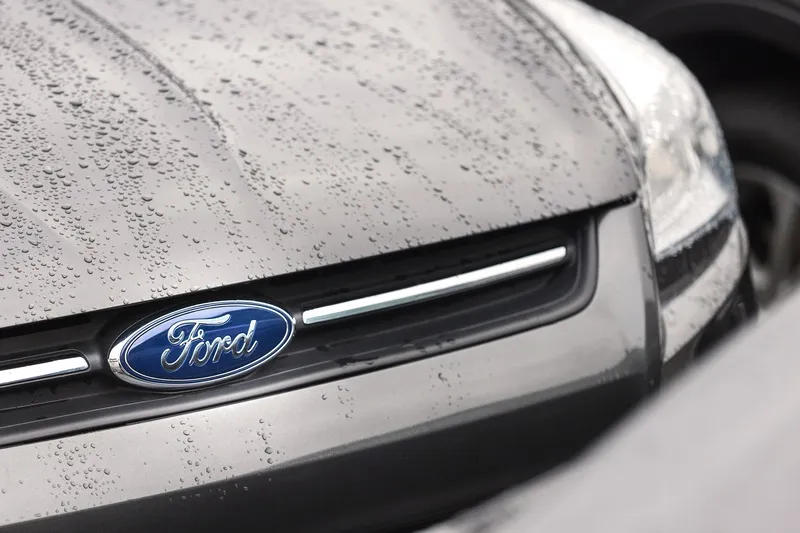
Public Transport Victoria (PTV) is testing a new analytics system on Melbourne's
Launched as a demo for ITSWC, the trial uses cameras and analytics to count the people riding on trams and waiting at tram stops, and calculate typical journey times.
The technology is implemented on one tram and at three stops on the main route between the Convention Centre and the Yarra Trams control centre which is hosting a tour for World Congress. For the trial, PTV has deployed
However, the system preserves rider privacy. It only collects general data about ridership, but no data on specific individuals. The cameras are not recording video, and no pictures are saved. Ultimately, the analytics could support the Yarra Trams Tramtracker app, which helps riders make travel decisions. This new technology would enable the app to provide travel information in real time. In addition, the data collected by the system can augment incident management and strategic planning for tram operations.
Jeff Sharp, group manager, technology and innovation,










